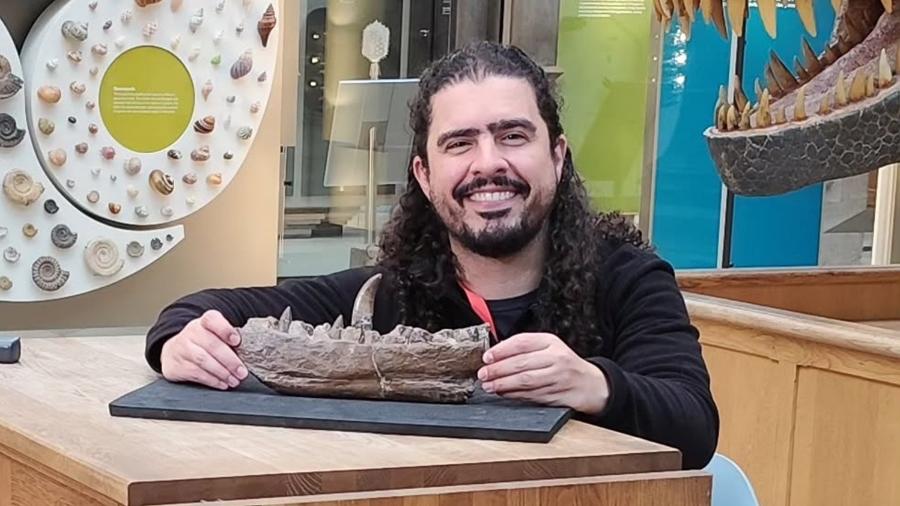'Stranger Things': favorita de Max, música de Kate Bush vira top 5 mundial

A primeira parte da quarta temporada da série "Stranger Things" (Netflix) tem uma música dos anos 1980 fazendo sucesso nas plataformas digitais. "Running Up That Hill", da cantora Kate Bush, está entre as cinco canções mais ouvidas da semana no mundo, segundo o Spotify.
As informações foram divulgadas pelo site Hollywood Reporter. A publicação informa que a música está em segundo lugar na lista "top 50" do Spotify nos EUA e em quarto lugar no "top 200" mundial.
O site detalha que o Spotify registrou um aumento de 8.700% de reproduções globais em comparação com os dados da quinta-feira (26), um dia antes da estreia da quarta temporada de "Stranger Things".
" Running Up That Hill" (Subindo Aquela Colina, em tradução literal) faz parte do álbum "Hounds of Love", o quinto da carreira de Kate Bush, lançado em 1985. Os novos episódios da série produzida pelos irmãos gêmeos Matt Duffer e Ross Duffer são ambientados em 1986.
A segunda parte da quarta temporada de "Stranger Things" estará disponível no dia 1º de julho na Netflix.
Por que música é importante em 'Stranger Things'?
Os protagonistas de "Stranger Things" estão lutando contra um novo inimigo do "mundo invertido". O monstro, nomeado como Vecna, faz pessoas sofrerem com alucinações antes de matá-las.
Robin (Maya Hawke) e Nancy (Natalia Dyer) descobrem que a única maneira de fugir do vilão, que leva as vítimas ao "mundo invertido" no momento dos assassinatos, é com o uso da música "ativando partes específicas" no cérebro.
"Running Up That Hill" é a música favorita da personagem Max (Sadie Sink), que ou a sofrer com as alucinações durante a temporada e confrontou Vecna. Dustin (Gaten Matarazzo), Lucas (Caleb McLaughlin) e Steve (Joe Keery) usaram o single de Kate Bush para evitar a morte da amiga.


















ID: {{comments.info.id}}
URL: {{comments.info.url}}
Ocorreu um erro ao carregar os comentários.
Por favor, tente novamente mais tarde.
{{comments.total}} Comentário
{{comments.total}} Comentários
Seja o primeiro a comentar
Essa discussão está encerrada
Não é possivel enviar novos comentários.
Essa área é exclusiva para você, , ler e comentar.
Só s do UOL podem comentar
Ainda não é ? Assine já.
Se você já é do UOL, faça seu .
O autor da mensagem, e não o UOL, é o responsável pelo comentário. Reserve um tempo para ler as Regras de Uso para comentários.